#Ancient Astronomy
Text

Eclipse October 2023 Through Obsidian
One of the things I learned on my travels is how the ancient Mayans were able to observe the transit of the planet we call Mercury across the sun. Obviously not something easy to see. Mayans used obsidian as a sun viewer, like you see here. (they probably made theirs much bigger 😂 mine is a pendant.)
When I first learned this it blew my mind! I wondered if other ancient cultures also knew this. I asked an Egyptologist friend and he said that the Egyptians worked with obsidian all the time - they used knives made of it as scalpels. He didn't know if it was specifically used for astronomy, but it's highly likely.
I'd love to hear from other folks who've studied ancient civilizations if they it this way.
The one thing a Mexican astronomer warned me about is not to use obsidian to look at the sun extensively because it doesn't block UV, so staring could still damage my eyes. Thus, I also had regular eclipse glasses.
#eclipse#ring of fire#annular solar eclipse#solar eclipse#solar eclipse 2023#obsidian#ancient maya#mayans#astronomy#ancient astronomy#ancient egypt
39 notes
·
View notes
Text
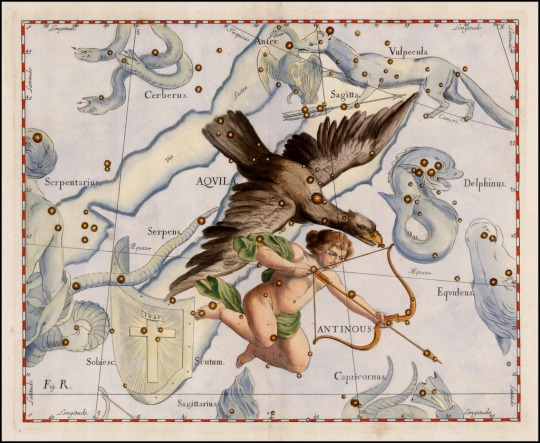

Constellation Antinous: connected to constellation Aquila
15 notes
·
View notes
Photo
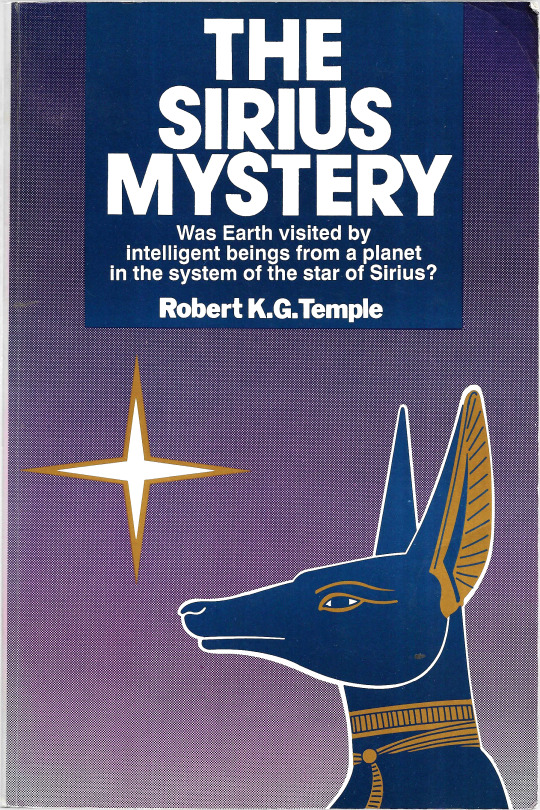
The Sirius Mystery
#sirius#dog star#ancient astronomy#ancient egypt#ancient babylon#sumerians#dogon tribe#mali#west africa#african spirituality#cosmology#books
60 notes
·
View notes
Text
Built 1,000 years before Stonehenge, the patterned landscape of 3,000 perfectly aligned stones in Carnac, France, continues to baffle historians.
40 notes
·
View notes
Photo

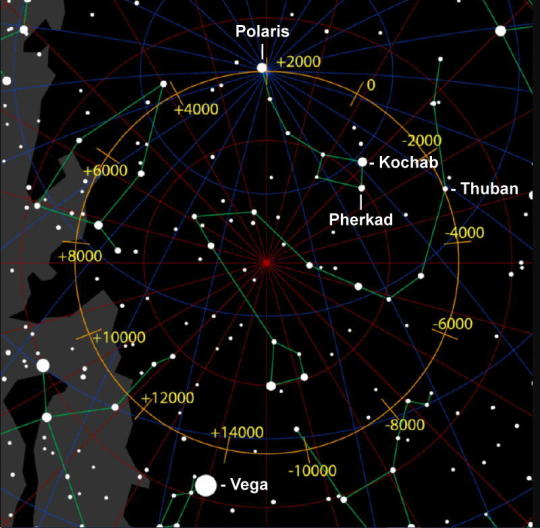
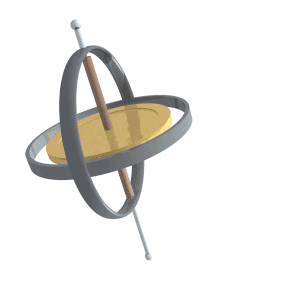

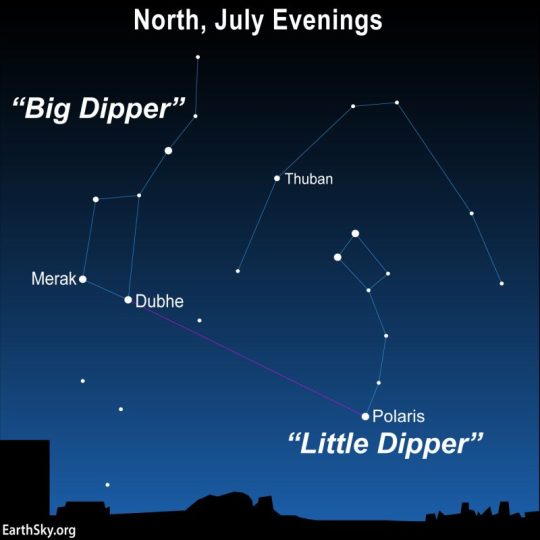
Thuban was Pole Star for the ancient Egyptians
Thuban isn’t a particularly bright star, but it holds a special place in the hearts of stargazers. That’s because Thuban – a relatively inconspicuous star in the constellation Draco the Dragon – was the Pole Star some 5,000 years ago, when the Egyptians were building the pyramids.
And there’s evidence that Thuban helped guide the ancient pyramid-builders. Some features inside the pyramids do align with the stars.
But while the pyramids appear to us as an enduring monument of ancient Egypt. … the sky slowly changes. And, because Earth’s axis wobbles slowly over 26,000 years, the identity of our Pole Star changes. So Thuban is no longer our Pole Star.
But it’ll be the Pole Star again some 20,000 years from now. What will humanity be doing then?
Among the many mysteries surrounding Egypt’s pyramids are the so-called “air shafts” in the Great Pyramid of Giza. Originally, experts believed these narrow passageways were for ventilation while building the pyramids. In the 1960s, though, we realized the air shafts aligned with stars or areas of sky as the sky appeared for the pyramids’ builders 5,000 years ago.
One of the “air shafts” follows a crooked course through the Great Pyramid, so you couldn’t have sighted stars through it. To this day, the purpose of these passageways inside the Great Pyramid isn’t clear, although they might have been connected to rituals associated with the king’s ascension to the heavens. Whatever their purpose, the Great Pyramid of Giza reveals that its builders knew the starry skies intimately.
They surely knew Thuban was their Pole Star, the point around which the heavens appeared to turn. ...
7 notes
·
View notes
Text
A reminder that the first theory of heliocentricity was formulated over two thousand years ago.
#Aristarchus#classics#education#learning#ancient world#ancient discovery#heliocentric#heliocentricity#ancient greece#ancient engineering#science#ancient science#ancient astronomy#astronomy#copernicus
3 notes
·
View notes
Text
Wonderful scholarship and research. Takes a particular kind of person to recognise something like this.
43 notes
·
View notes
Text
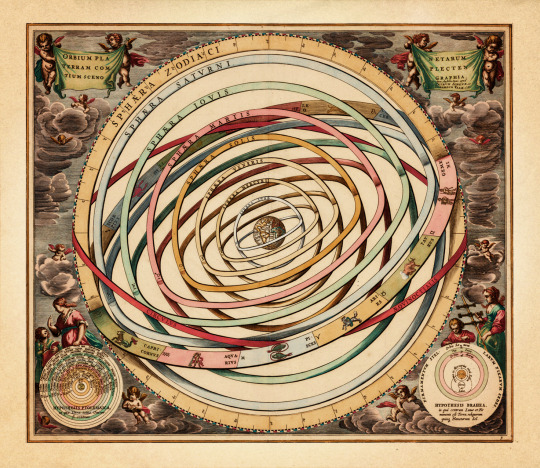
Cellarius’ Harmonia Macrocosmica - 1660.
#vintage illustration#vintage art#the solar system#astronomy#ancient astronomy#astrology#the zodiac#the cosmos#planets
5 notes
·
View notes
Text


Astronomicum Caesareum, Petrus Apianus [Peter Apian], 1540
#petrus apianus#peter apian#astronomicum caesareum#ancient astronomy#volvelles#astronomy books#16th century#my post#gnomonics#night sky#stargazing#astronomical instruments#dragons#wyrm#de rerum caelorum
23 notes
·
View notes
Text
Intro to Astrology: A Brief History
Intro to Astrology: A Brief History
Greetings. You may not know this about me, but I am a student of Vedic astrology or Jyotish. I started out in the Western tradition when I was a teenager due to my interest in Greek mythology. It was during my college years that I discovered more traditional western methods that rely on the sidereal zodiac, and from there it was not long before I discovered the Vedic astrological tradition. I…

View On WordPress
#ancient astrology#ancient astronomy#astrology#astronomy#divination#hellenistic#hellenistic astrology#history of astrology#jyotish#lunar mansion#lunar zodiac#magic#magick#moon#nakshatra#natal astrology#natal chart#occult#pagan#sidereal#sidereal astrology#sun sign#tropical#tropical astrology#vedic astrology#western astrology#witch#witchcraft#zodiac
2 notes
·
View notes
Photo

https://archive.org/details/Varios_1_201712/Astronomical%20Knowledge%20Transmission%20Through%20Illustrated%20Aratea%20Manuscripts%20by%20Marion%20Dolan%20with%20Rakuten%20Kob/mode/2up
3 notes
·
View notes
Video
youtube
Astonishing Astronomy of the Mayans and Incans
0 notes
Text
Ireland’s “Stonehenge” except much older actually and more complex. There wasn’t much sign of sunshine in Ireland earlier this morning at the critical time. The potential remains for another few days however.
0 notes
Text
New Scientist
A second big bang? The radical idea rewriting dark matter's origins https://www.newscientist.com/article/mg26034640-300-a-second-big-bang-the-radical-idea-rewriting-dark-matters-origins/
0 notes
Text
touching grass is not enough i need to see the night sky as it looked to an ancient greek
#tagamemnon#recently went to a talk on practical astronomy in ancient greece and i just.#i need to travel somewhere without light pollution GOD!!!!! I WANT TO SEE THE SKY AS PEOPLE LISTENING TO THE ODYSSEY#queueusque tandem abutere catilina patientia nostra
53K notes
·
View notes